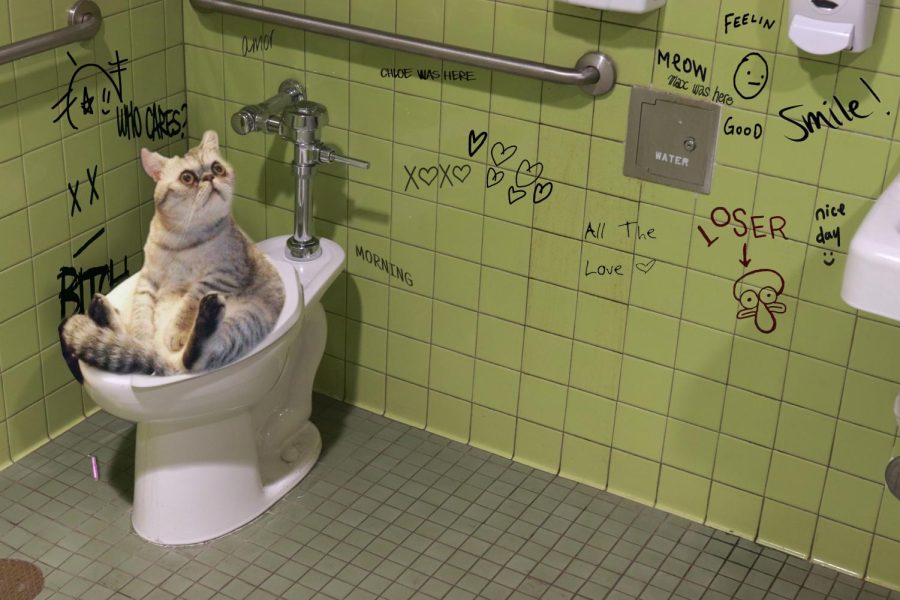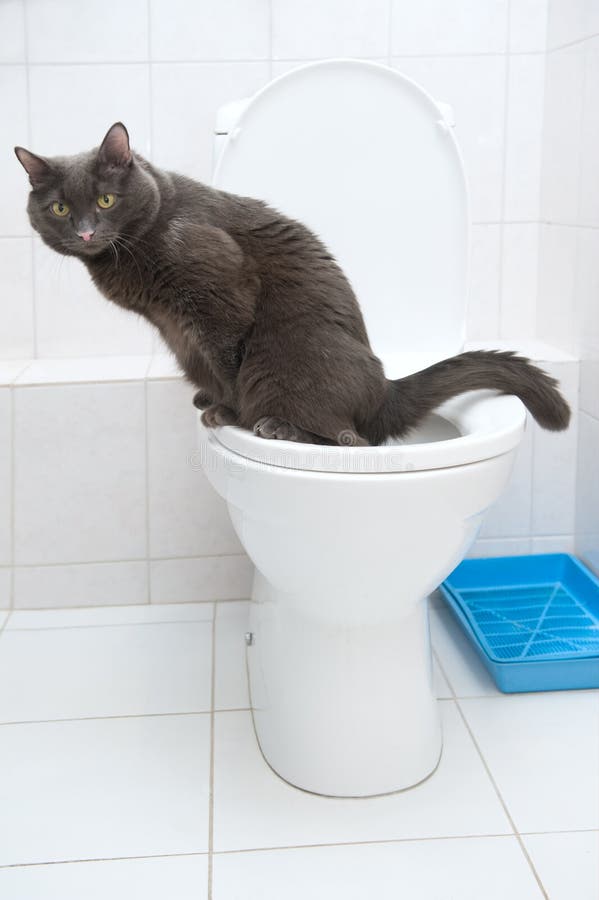The Risks of Disposing Cat Poop in Your Toilet - Preventive Measures
The Risks of Disposing Cat Poop in Your Toilet - Preventive Measures
Blog Article
We've stumbled on this article about How to Dispose of Cat Poop and Litter Without Plastic Bags down the page on the web and reckoned it made perfect sense to relate it with you in this article.

Introduction
As cat proprietors, it's necessary to be mindful of just how we throw away our feline buddies' waste. While it might appear hassle-free to flush feline poop down the bathroom, this technique can have detrimental consequences for both the atmosphere and human wellness.
Alternatives to Flushing
The good news is, there are safer and much more accountable methods to take care of pet cat poop. Consider the following options:
1. Scoop and Dispose in Trash
The most typical method of dealing with cat poop is to scoop it into an eco-friendly bag and toss it in the trash. Be sure to use a devoted trash scoop and throw away the waste immediately.
2. Usage Biodegradable Litter
Go with naturally degradable feline trash made from materials such as corn or wheat. These litters are environmentally friendly and can be safely gotten rid of in the trash.
3. Bury in the Yard
If you have a backyard, consider burying feline waste in an assigned location away from vegetable yards and water resources. Make certain to dig deep adequate to avoid contamination of groundwater.
4. Set Up a Pet Waste Disposal System
Invest in a pet garbage disposal system especially made for pet cat waste. These systems use enzymes to break down the waste, decreasing smell and environmental impact.
Health Risks
Along with ecological worries, purging pet cat waste can likewise posture wellness risks to people. Pet cat feces may have Toxoplasma gondii, a bloodsucker that can create toxoplasmosis-- a possibly serious illness, specifically for expecting females and people with weakened immune systems.
Environmental Impact
Purging cat poop introduces dangerous microorganisms and parasites into the water, positioning a significant danger to aquatic ecological communities. These impurities can negatively impact aquatic life and concession water high quality.
Verdict
Accountable pet ownership expands beyond giving food and shelter-- it additionally involves appropriate waste management. By avoiding flushing feline poop down the commode and choosing different disposal techniques, we can lessen our environmental impact and shield human health.
Why Can’t I Flush Cat Poop?
It Spreads a Parasite
Cats are frequently infected with a parasite called toxoplasma gondii. The parasite causes an infection called toxoplasmosis. It is usually harmless to cats. The parasite only uses cat poop as a host for its eggs. Otherwise, the cat’s immune system usually keeps the infection at low enough levels to maintain its own health. But it does not stop the develop of eggs. These eggs are tiny and surprisingly tough. They may survive for a year before they begin to grow. But that’s the problem.
Our wastewater system is not designed to deal with toxoplasmosis eggs. Instead, most eggs will flush from your toilet into sewers and wastewater management plants. After the sewage is treated for many other harmful things in it, it is typically released into local rivers, lakes, or oceans. Here, the toxoplasmosis eggs can find new hosts, including starfish, crabs, otters, and many other wildlife. For many, this is a significant risk to their health. Toxoplasmosis can also end up infecting water sources that are important for agriculture, which means our deer, pigs, and sheep can get infected too.
Is There Risk to Humans?
There can be a risk to human life from flushing cat poop down the toilet. If you do so, the parasites from your cat’s poop can end up in shellfish, game animals, or livestock. If this meat is then served raw or undercooked, the people who eat it can get sick.
In fact, according to the CDC, 40 million people in the United States are infected with toxoplasma gondii. They get it from exposure to infected seafood, or from some kind of cat poop contamination, like drinking from a stream that is contaminated or touching anything that has come into contact with cat poop. That includes just cleaning a cat litter box.
Most people who get infected with these parasites will not develop any symptoms. However, for pregnant women or for those with compromised immune systems, the parasite can cause severe health problems.
How to Handle Cat Poop
The best way to handle cat poop is actually to clean the box more often. The eggs that the parasite sheds will not become active until one to five days after the cat poops. That means that if you clean daily, you’re much less likely to come into direct contact with infectious eggs.
That said, always dispose of cat poop in the garbage and not down the toilet. Wash your hands before and after you clean the litter box, and bring the bag of poop right outside to your garbage bins.
https://trenchlesssolutionsusa.com/why-cant-i-flush-cat-poop/

I'm just very interested in Can You Flush Cat Poop Down The Toilet? and I hope you appreciated our post. Feel free to set aside a second to promote this content if you enjoyed reading it. Thank you for going through it.
Call Today Report this page